Outside Magazine
Design Director+Photo Director: Hannah McCaughey
Photography Editor: Amy Silverman
Deputy Art Director: Petra Zeiler
Assistant Photography Editor: Madeline Kelty
Junior Designer: Erica Clifford
Photographer: Hannah McCaughey
Heidi: I loved seeing your images in the latest issue, such a talent. Was this exciting for you?
Hannah: Yes, mainly because it’s a lot of fun, and by shooting a few things in house every month, we stay out of trouble with our accounting department. It allows us to save resources for the more ambitious projects in the magazine.
It’s similar to the way I feel about my design work. I don’t wow myself very often, but I find the process of it thoroughly enjoyable. I’m guessing that it’s this never fully satisfied, quasi-dissatisfaction that propels me forward. With every picture I (very spastically) make, the minute I see it in print, I see only what could have been better about it. It’s not that I’m aiming for perfection. It’s more like a running list of missed opportunities. This kind of thinking is well suited to the “work in progress” nature not just of life, but also of the cyclical nature of magazines. The repetition affords infinite possibilities to learn and grow, and it provides a kind of forgiveness for what went wrong. Much like in real life (although this example never happens), every day that I yell and scream at my kids to get dressed, eat breakfast, put on their shoes, file into the car to get to school on time, I can think about tomorrow and how we’ll be skipping and singing the whole way.
You’ve held the position at Outside as design director and photo director for some time; racking up several design and photography awards. Tell us about your evolution as a photographer.
Part of me was working at staying creatively engaged and satisfied. Sixteen years working on the same title has its wonderful moments and challenges. And I must have had enough bad art-directing moments in a row to where I thought to myself, “Why don’t I just shoot it myself?” And that thought alone was like ding! “Hey. Why. Don’t. I?”
Disclaimer: I’m not sure I’m ready to call what I’m doing photography exactly. I have so much help on both the front end (with assistance setting up all the lights and the camera) and on the back end (with pretty generous retouching). Because I’m so inexperienced, I’m forced to keep things incredibly simple. The idea itself is mainly what these images have going for them. Often, if these weren’t accompanying a specific story, I’m not sure they’d make any sense, and they’re not particularly beautiful or artful. I sometimes wish there was another word for it.
I started super low tech with my iPhone, some Xerox paper (for backdrop and bounce), my desk, and the New Mexico sunlight that comes into my office like a klieg light every afternoon. When I thought I had something that looked even remotely “profesh,” I got up the nerve to ask one of our photo assistants at the time, Michael Karsh, to help me work the camera and set up lights in the studio to shoot it for real. Since he moved back to San Francisco, I have been shooting and learning a lot from Dustin Sammann, who is the most patient and generous teacher on the planet. We created a new kind of freelance position for him: über assistant (when he’s not the photographer himself). Which is basically assisting someone who is super “special”—a.k.a. me.
With your understanding of great photography and composition from your design background, did you feel like, “I can do that”? Clearly, those skills come into play.
Now that I’ve dipped my toes in, I am—more than ever-—blown away by the giant talent and creative genius of the people who contribute to magazines (ours and others). My eyes have been exposed to so much amazing art, dating back to my early days at Rolling Stone in the nineties, and I hope some of it has rubbed off. Some parts of it, like finding a good balance in composition and seeing negative space, come more easily now. But part of the appeal is how much more there is out there for me to learn.
The magazine industry has certainly changed—budgets are lower, multitasking is essential. How does your creative control behind the camera influence your design? Most photographers don’t have a keen understanding of the book as a whole: layout, the volume of text.
Working as the art director gives me a huge, almost unfair leg up on shooting for this magazine. I go into it knowing what the headline is, how much space we have for art, what hasn’t worked in the past, why the story is running in that particular month—or what role it plays in the mix of stories planned for that issue—because I was there in the meeting when it was discussed as a pitch. I know what pitfalls the editors are worried about avoiding, the narrative arc; sometimes I know the writer personally. Add to that, I sit and design pages about 50 steps from where we shoot the art. I can literally ping-pong back and forth between the set and my desk with the layout on my screen (and text on the page) to see whether or not a shot is working. If it doesn’t work, we try something else. And if at day’s end it’s still not working, we try again the next day.
The upshot is that those two halves of my brain—photographer and designer—don’t always agree. Sometimes I’ll have a picture that I would love to see printed and another one that’s better suited to the story. The two halves have to fight it out. In my case, the art director always wins, because she is older (and crabbier). And now I know how that feels for contributors who say, “But why didn’t you print this one? It’s clearly the better photograph.” To which I have to say, “I totally agree, but this one works better for the story.” Not the easiest thing to have to hear or say.
Recently, I had a shoot where I was asking our cover photographer to try it this way and cover it that way “so we could have loads of options.” That’s something I think art directors say because we feel like that’s what’s expected of us by our bosses. To which he said, “Why? Why do you need options? We have something we both like. We should be done.” It was a record-skipping moment for me, the photographer part of me could totally relate: Why do we feel like we have to “cover it” this way and that way and every way possible? Why can’t we just say that’s amazing! and that’s a wrap? Is this something that happened when we started ordering half caff extra hot no foam 2% lattes at Starbucks? Or, it is because we aren’t shooting film so we feel like why not shoot it every which way? I don’t know the answer to this one.
What made you choose to start doing still-life? Was this partially a response to the expense of sending gear out to get shot?
We have two amazing and talented photographers who shoot the mountains of gear that come through our offices for Outside and the two annual Buyer’s Guides, Inga Hendrickson and Dustin Sammann. That’s not something the magazine would ever need me to venture into. My happy place right now is conceptual still-life, which historically had been very difficult for us to assign. Sometimes it involves using a model to get a certain concept across (the Simplify package, for instance), but more often it means using basic objects from everyday life as symbols for something conceptual or hard to shoot, such as flexibility, traumatic brain injury, mental training, etc. And I like to shoot our one-page style and grooming pages just because there is a lot of freedom as far as what we can do. Young photographers always say to me, “I like to shoot people!” and I think, “Not me!” I much prefer to be alone in a dark room, just me and some random objects.
I know at Outside you transformed your gym into a photo studio—smart move. Did you propose this to the company? How hard was it to set up?
Rob Haggart came up with this idea. He was the one who got Larry Burke, the owner of the magazine, excited and on board to make the investment. He consulted various photographers on ordering the cameras and the lights and equipment and the design of the space itself—all of it, and years later it’s still a fantastic studio and a savvy business decision.
Describe how it feels to have done the entire layout from shooting, design and photo editing? Is it hard to be your own critic?
I think I’m getting better at being my own critic. It’s probably the most awkward for Amy Silverman, our photo editor, to pipe up when she doesn’t like something I’ve shot. I deliberately don’t mention it to the editors that I made the photographs when I first show them a layout, so they don’t get put in an awkward position. Because I’m such a beginner, I never care when they say, “Can we find something else for that?” And, it’s probably good to get thick-skinned about it.
Since now you do the job of three, what would you say are the challenges and benefits?
I feel like I made my bed on this one. I have a lot of designing and art directing left in me to do, and I enjoy it so much, that if I gave it up I would really miss it. By adding shooting to my list, I’ve made my life a lot busier but also more interesting and rewarding.
Do you remember you first assignment for the magazine, what it was like to see your image in print?
Yes! It was a very cool, somewhat scary moment. It was a broken melon duct-taped back together for a story about recovering from traumatic brain injury. I remember trying really hard not to be too precious about the retouching and the layout and the printing of it. I wanted to make sure I wasn’t giving it more attention than the other images in the issue as if the other photographs would tell on me.
Which thrills you the most of all the things you are currently doing?
At the moment, I’m doing a little DIY lighting seminar by moving objects around on my desk in the afternoon sun, mainly during long conference calls.
Do all art directors just want to shoot?
Yes! We do! Thank you, it feels so good to admit it. No, I’m kidding. In all my years of going on shoots for features and covers, I never wanted to be the photographer. How they manage the Herculean feat of juggling the big crowded set, managing all the assistants, dealing with the clients, the stylists and the groomers, the talent, the talents’ people, and, most importantly, pulling genius artwork out of all that chaos? I could no more fly to the moon.
It wasn’t until I found this quieter, calmer side of photography that I could even imagine myself shooting. What I could not have known is how incredibly gratifying it is for the cheerleader to jump in the game. I had no idea how much fun everyone was having. My hope is that the photographer in me is helping the art director and designer find better ways of communicating with our contributing photographers, now that I have a better understanding of the entire process. But on the flip side, I’ve noticed that if a photographer starts making excuses why they can’t or won’t do something for a story or a cover, I’m like “C’mon, quit yer whining!”
Tell us about being a woman in a lead position.
In my experience, being a woman in charge can be an incredibly tricky thing to maneuver. I’ve been going to various locations for feature and cover shoots all these years thinking that surely as I gain more experience, that would equal more respect. It’s true that I get to reap the benefits of being the more in-touch, capable, intelligent, compassionate, hard-working, better-at-multitasking, relatable, sensitive, and emotionally sensitive gender. The bad news is—and studies have proven this—that women don’t get heard as well as men because they’re not as well regarded. For my job, this has meant that in order to get what we need for the magazine, I sometimes have to come out louder, pushier, and more demanding than I’m sure my male counterparts have to be. Depressingly, being the “B—tch” seems like a way too easy booby trap for women in charge to fall into. And maybe part of me is tired of that. Which explains why shooting pictures (versus art-directing them) is so satisfying to me. It means being fully heard and seen, and not prejudged or discounted, and that feels really good.
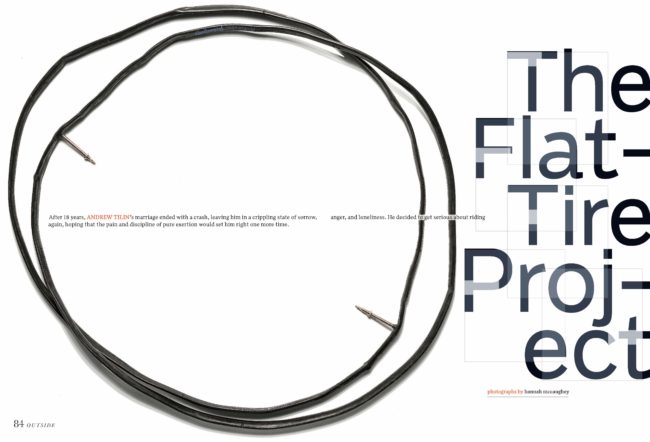
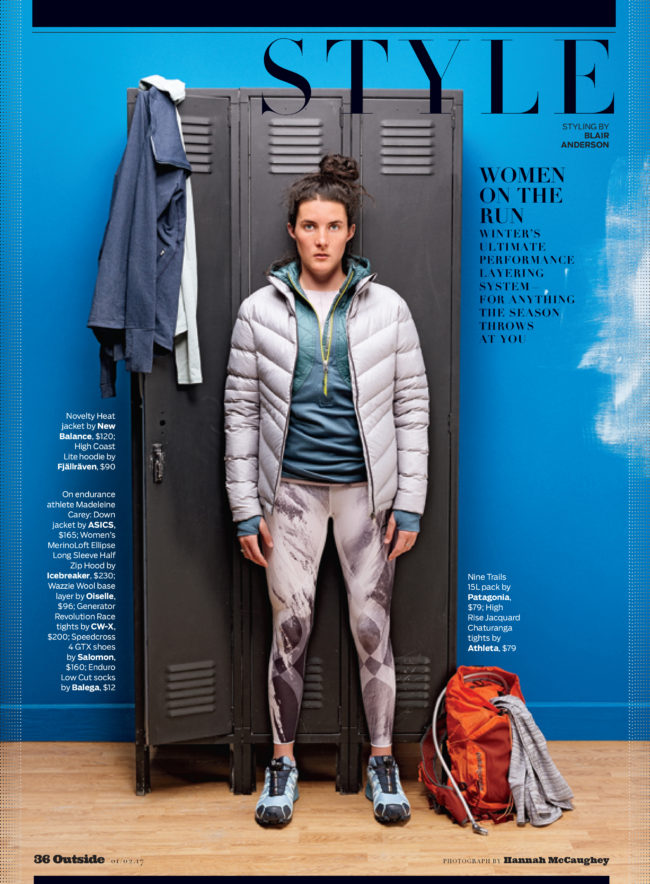
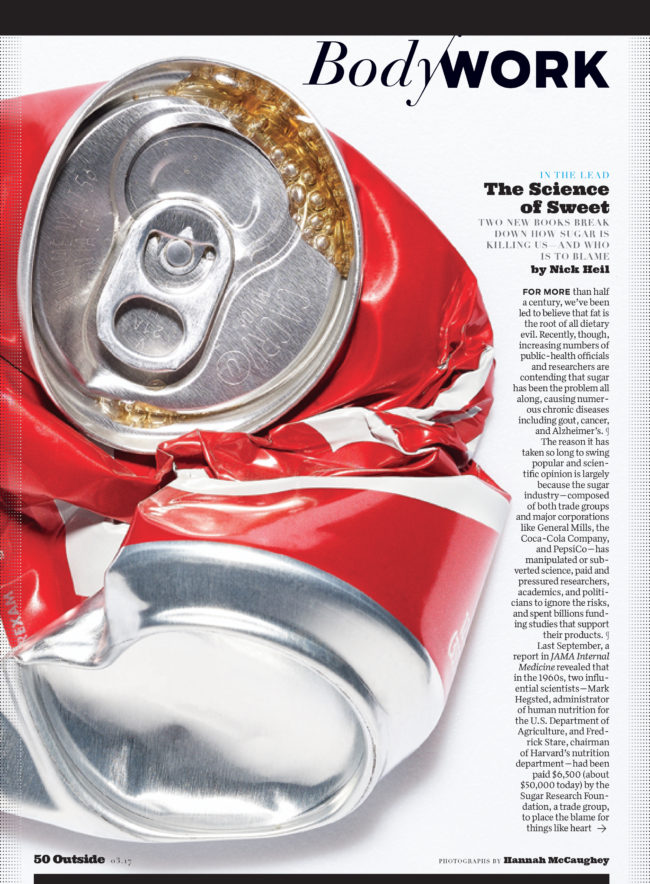
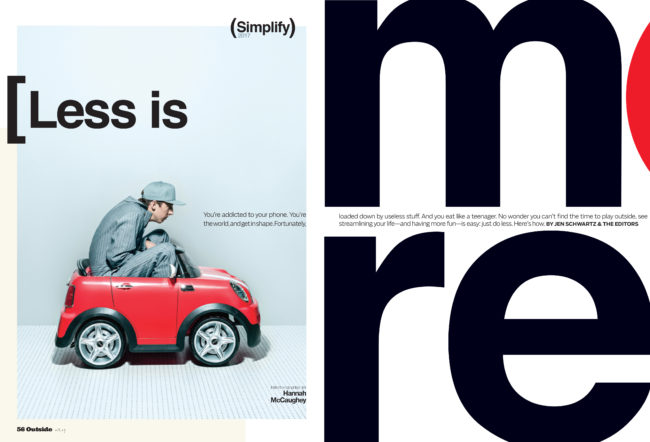
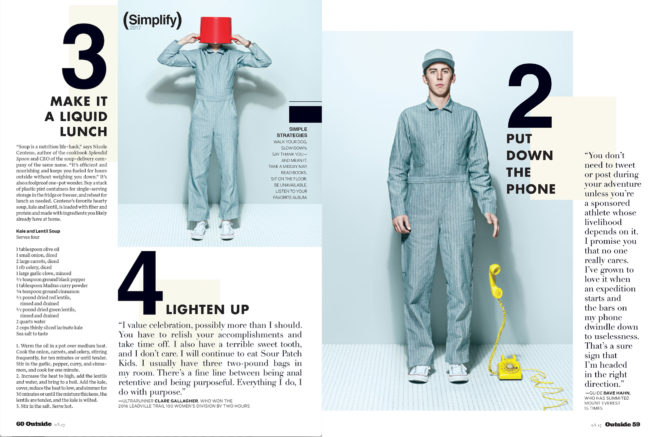
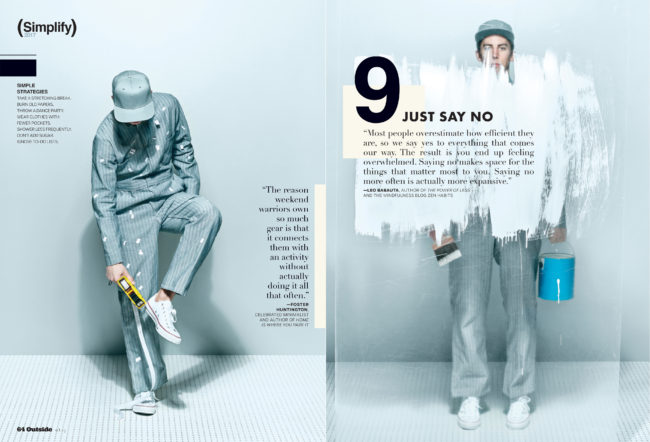
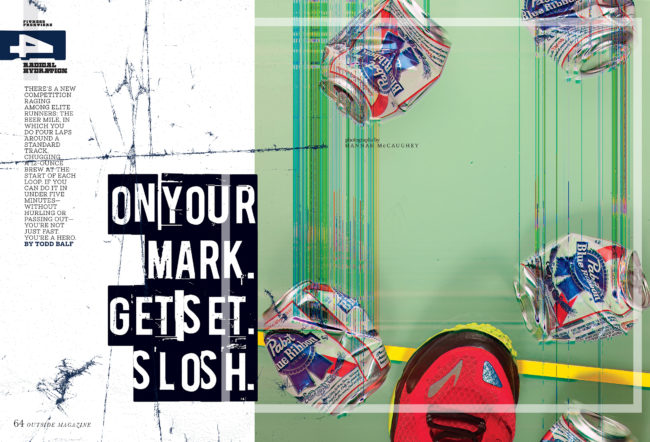
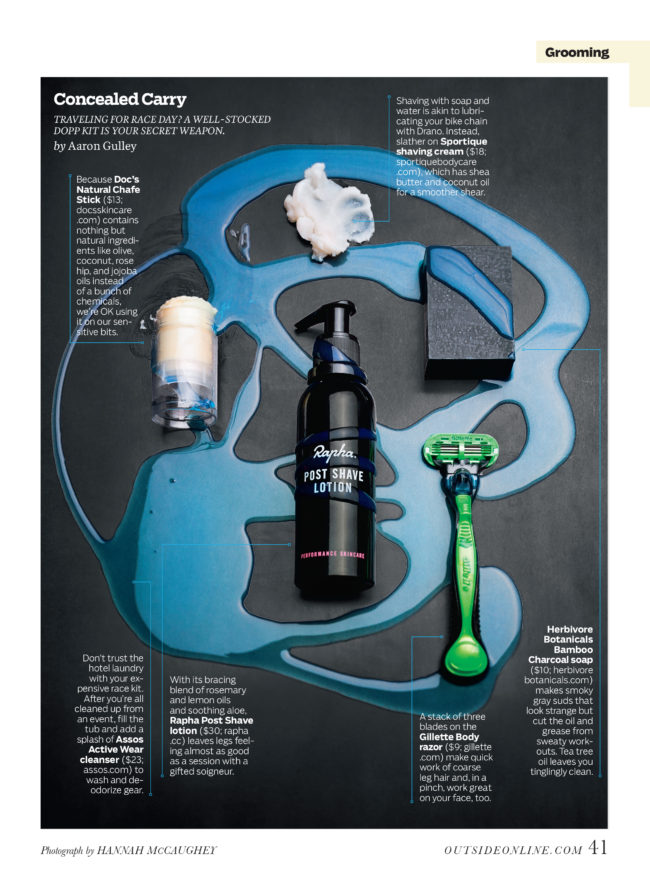


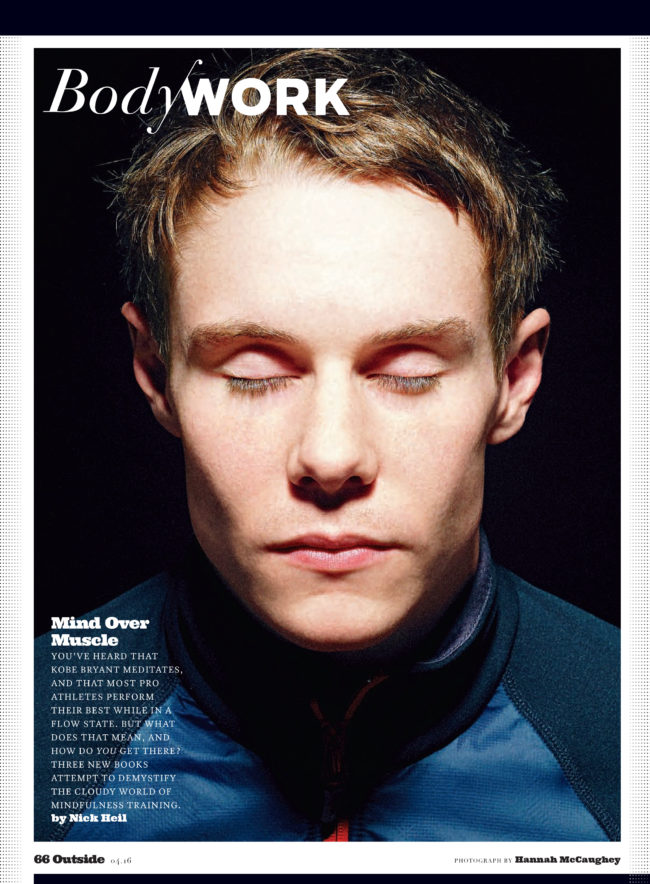

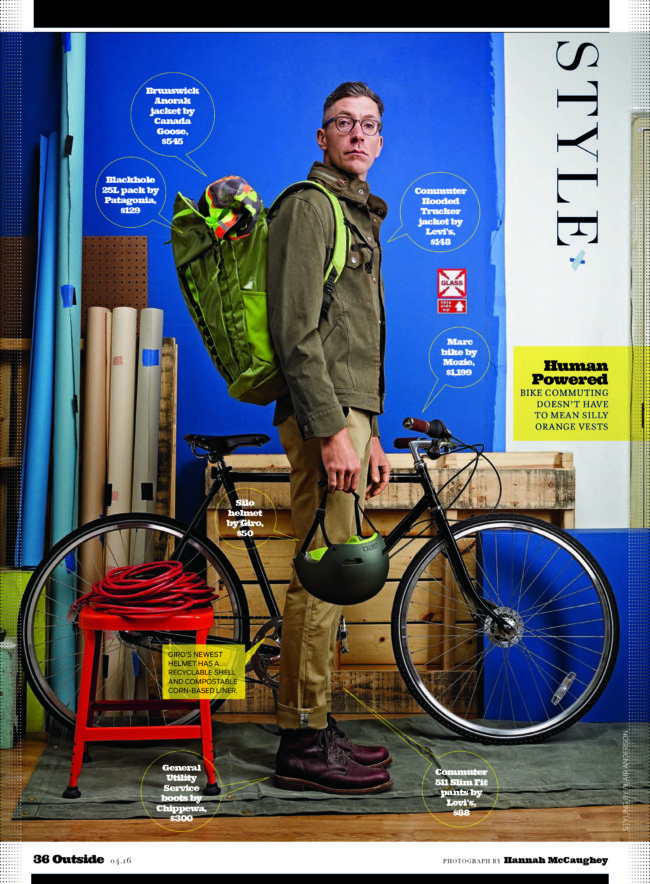
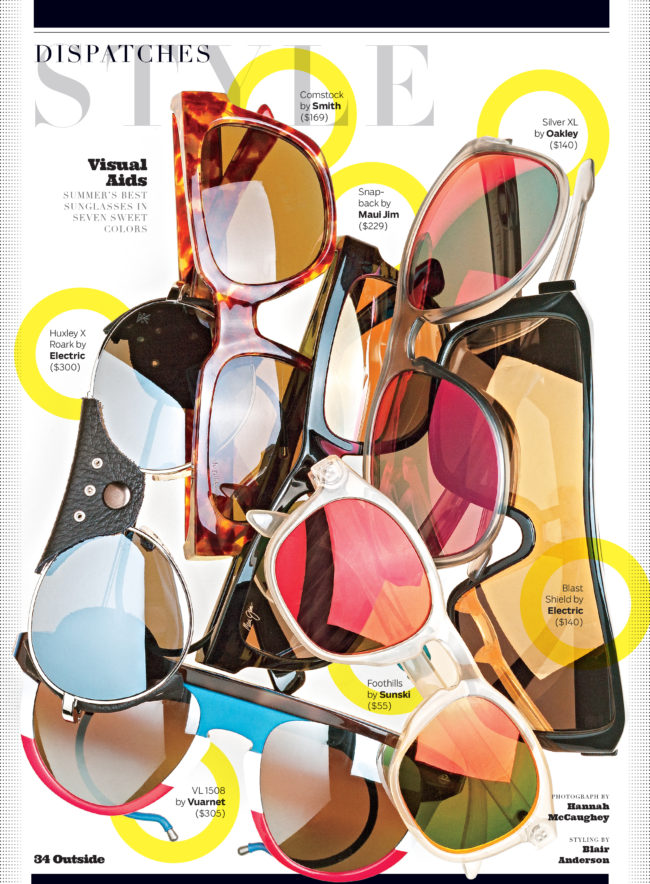


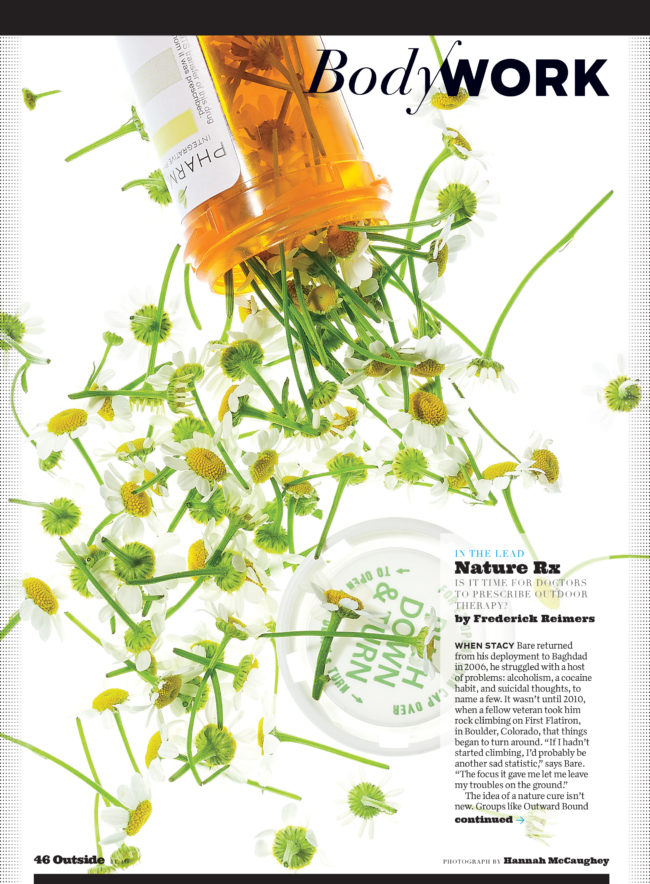
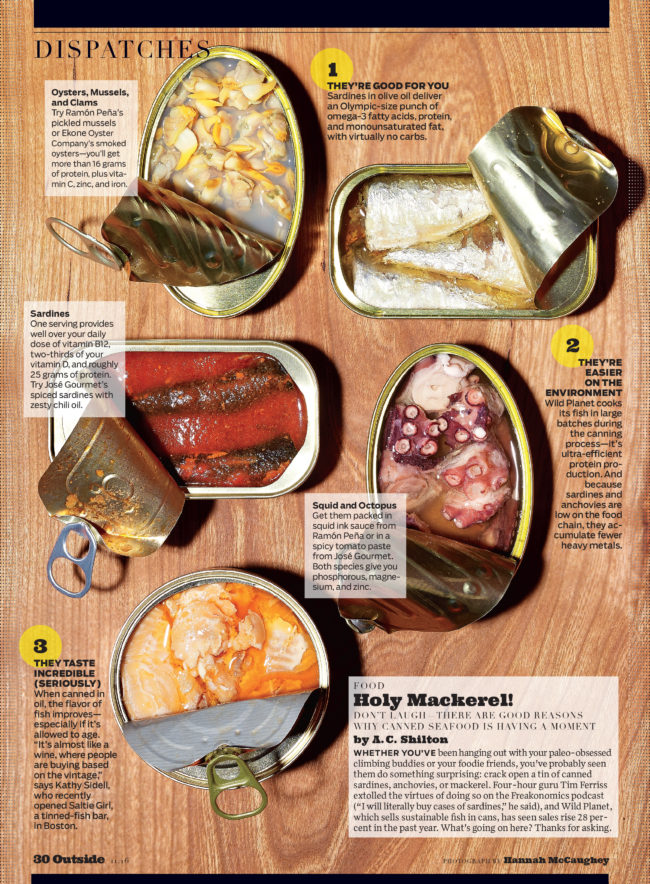
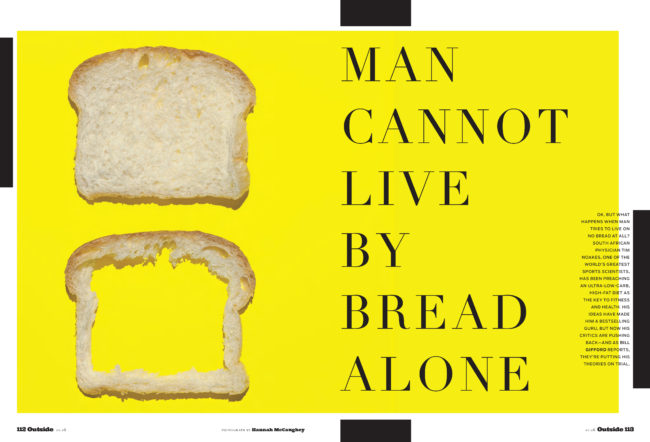

2 Comments
Great interview and fantastic work, Hannah!
Wow. Very nice work as per usual. It’s very tricky when you’re trying hard to make the best magazine and you have to find ways to save money without appearing to be taking away photography shoots from other photographers. I know first hand the kind of backlash you feel when egos get in the way. I applaud Hannah for delving in and crafting some really great images that work so well in the Magazine. I am sure there are photographers out there only see it as one less page for them. With magazines taking a big hit on the advertising front and many closing their doors it’s a new frontier.
Comments are closed for this article!